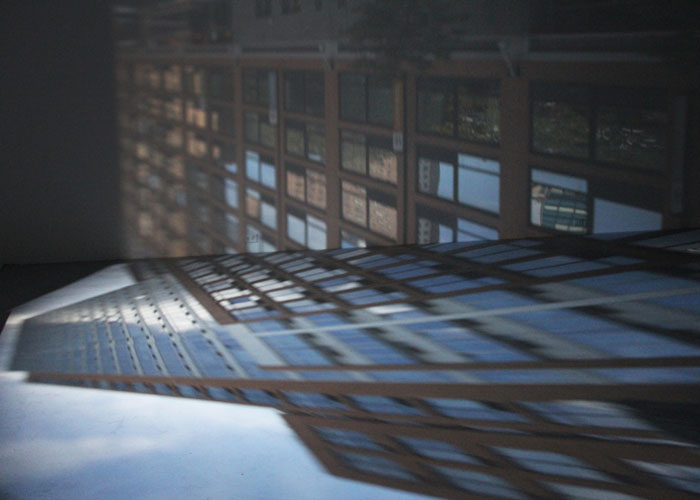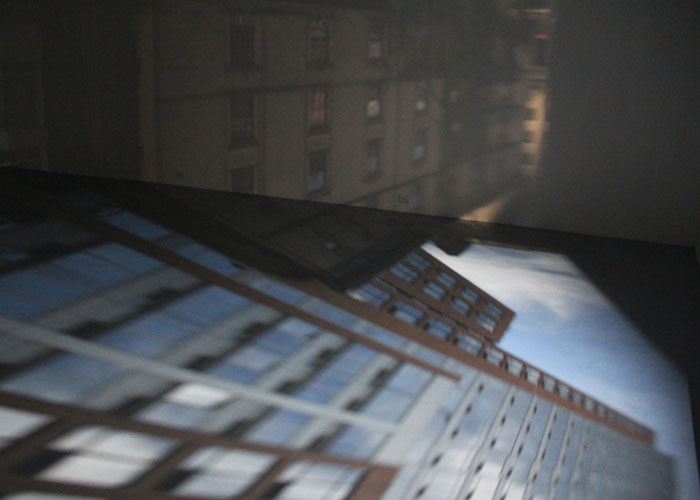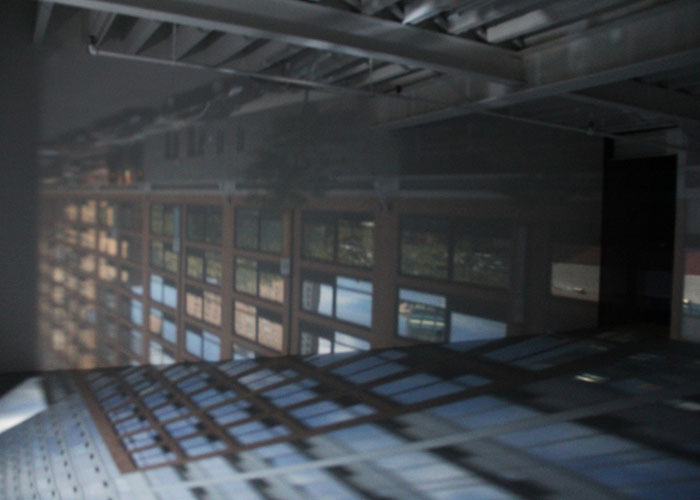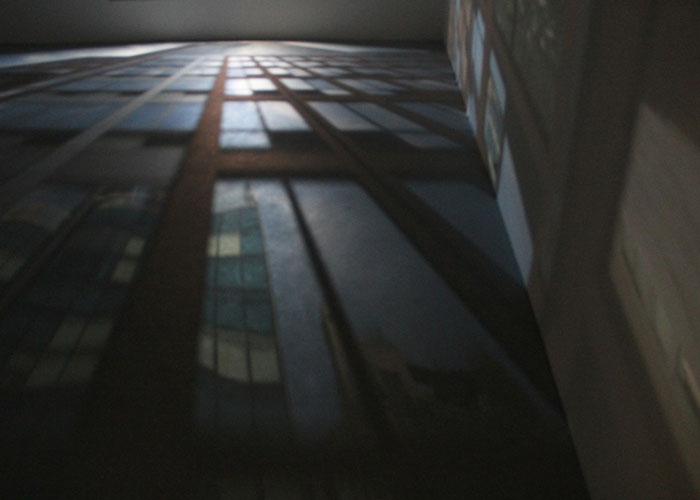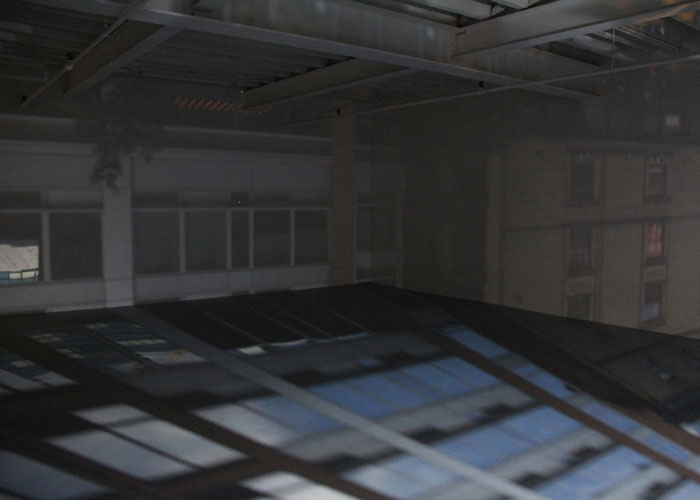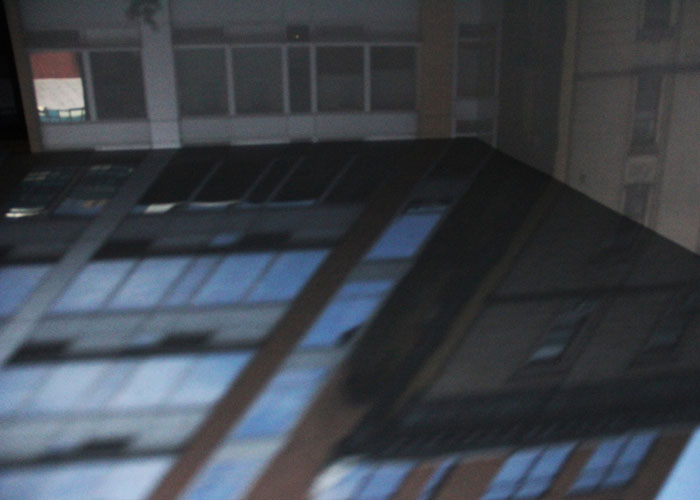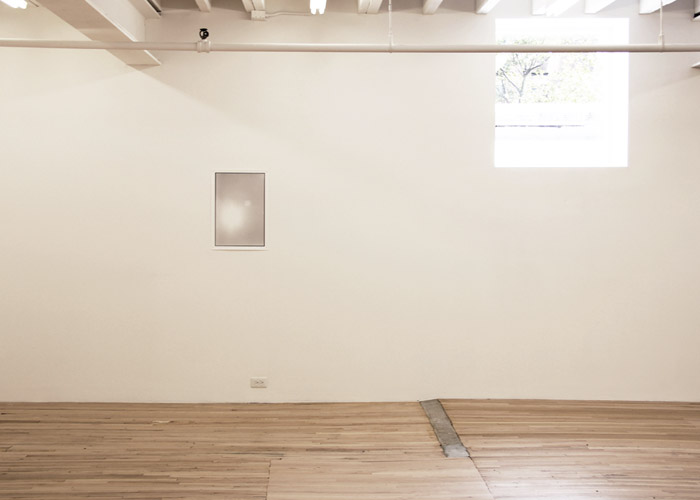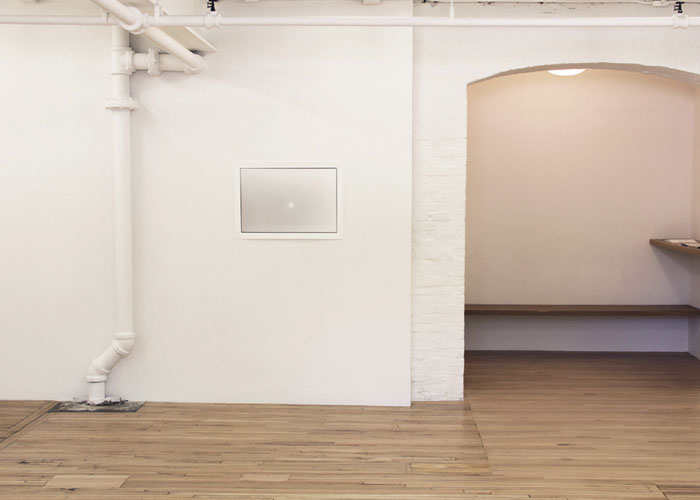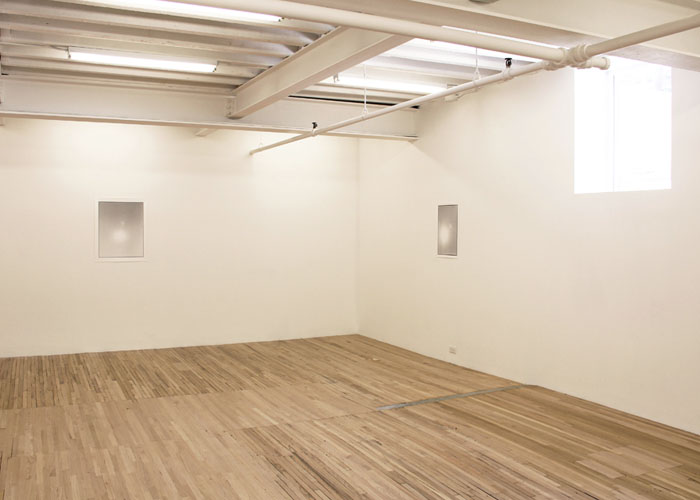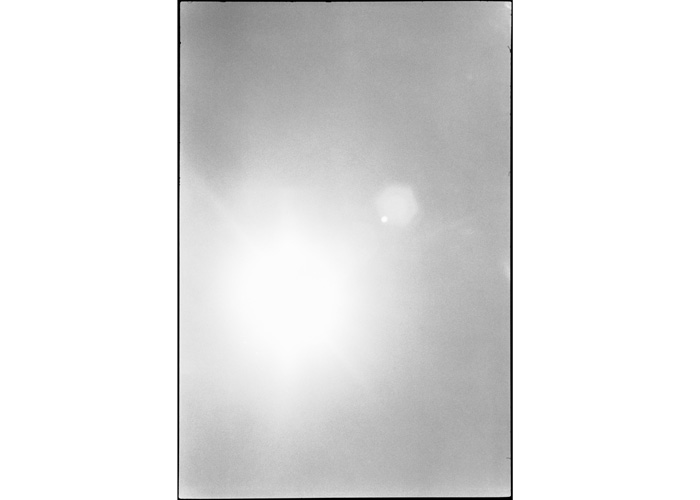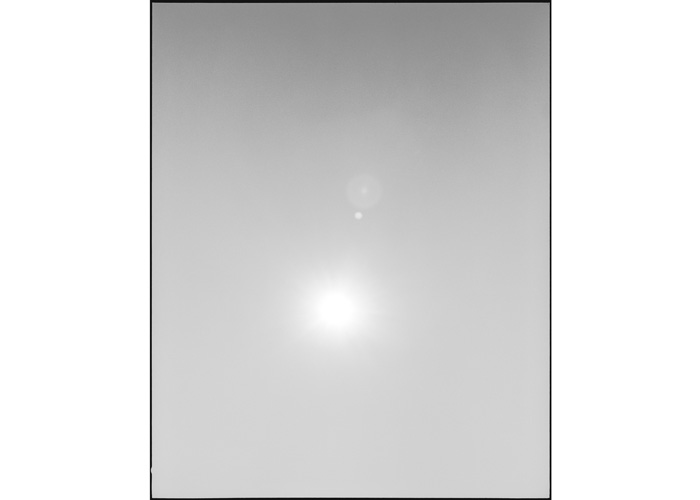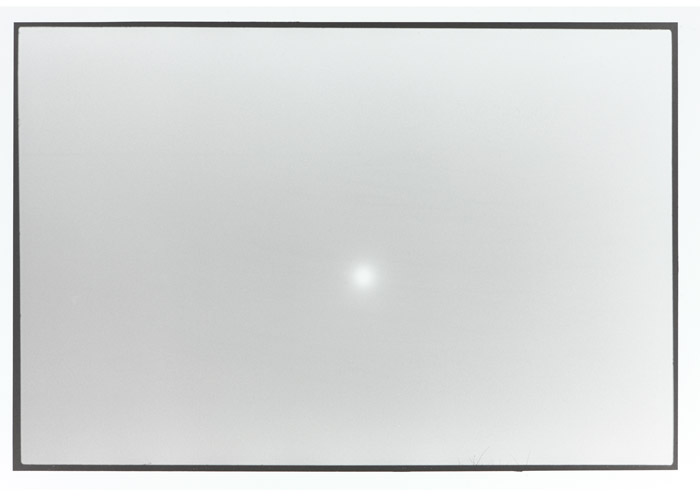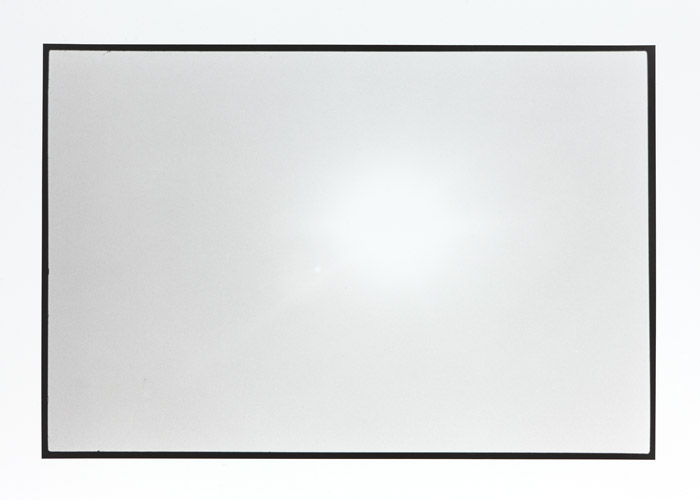ZOE LEONARD
Murray Guy is very pleased to announce our first exhibition with Zoe Leonard, opening on Saturday, 15 September 2012. Leonard’s first solo show in a New York gallery in nearly ten years, the exhibition could be said to begin with a series of questions:
“What is photography? Is it a print or an object, is it a jpeg on your screen or does it only exist if you print it out? Is it a snapshot on your phone, a slide projection, or the image you see in your mind before you click the shutter? In short, is photography a thing, or a picture, or is it a way of seeing?”
Engaging many of today’s core questions around photography and image-making, and stepping back from current debates about analogue versus digital (or nostalgia versus progress), Leonard will transform one of the gallery’s spaces into a camera obscura. In this embodied experience of viewing, a constantly changing panorama of 17th Street — with its mix of architecture and urban activity that reflects the immense changes in Chelsea in recent years — will project continuously on the floor, walls, and ceiling. Neither analogue nor digital, the dark box of the camera obscura can be understood as a model for the mind and the unconscious, an apparatus that makes visible the mechanics of sight. What happens inside resembles what transpires in one’s eye: light lands on the retina inverted and reversed, and a series of transformations occurs in the brain allowing us to comprehend the images we receive.
Next to this dark chamber, in a room illuminated by sunlight from a newly opened window on the gallery’s east exposure, Leonard will show a series of hazy black-and-white photographs of the sun. Transgressing proscriptions about not looking directly at this brightest of the stars, these photographs push at the limits of vision and lay bare an incapacity to see, one which Elisabeth Lebovici connects both to the enlightenment and Goethe’s famous last words “Licht! Mehr Licht!,” and to Turner’s painting of Regulus, the Roman centurion who was sentenced to have his eyelids ripped off while facing the sun. As visitors to the gallery move between the two rooms — one light and one dark, each the inversion of the other — their pupils will dilate and contract, re-calibrating their vision like the aperture of the camera’s lens.
The most recent installation in a series that began in 2011 at Galerie Gisela Capitain in Cologne, the show at Murray Guy will be on view concurrently with a camera obscura constructed by Leonard at Venice’s Palazzo Grassi, overlooking the Grand Canal.
Zoe Leonard (b. 1961) has exhibited extensively since the late 1980s. Major solo exhibitions include Observation Point, Camden Arts Centre, London (2012); Photographs, Fotomuseum Wintherthur (2007), which travelled to Museo Nacional Centro de Arte Reina Sofia, Madrid (2008), MuMOK — Museum Moderner Kunst Stifting Ludwig, Vienna (2009), and Pinakothek der Moderne, Munich (2009); You See I Am Here After All, Dia: Beacon (2008); Derrotero, Dia at the Hispanic Society, New York (2008); Analogue, The Wexner Center for the Arts, Columbus, Ohio, and Villa Arson, Nice (2007); Centre National de la Photographie, Paris (1998), Strange Fruit, Philadelphia Museum of Art (1998); Kunsthalle Basel (1997); Secession, Vienna (1997), and The Renaissance Society at The University of Chicago (1993). Her works have been included in some of the most seminal group exhibitions of recent decades, including Documenta IX (1992) and Documenta XII (2007), as well as the 1993 and 1997 Whitney Biennials, and more recently, the exhibitions Atlas — or How to Carry the World on One’s Back? and Mixed Use, Manhattan: Photography and Related Practices, 1970s to present.
Leonard’s work will go on view in October 2012 at the Museum of Contemporary Art, Los Angeles, as part of the exhibition Blues for Smoke, which travels to the Whitney Museum of American Art, New York, in Spring 2013. Her rarely shown film East River Park (made with Nancy Brooks Brody in 1991) will show in a special screening at the Brooklyn Academy of Music on October 15, as part of the upcoming series Born in Flames: New Queer Cinema.
In conjunction with the exhibition in New York, Murray Guy is pleased to announce a new publication on Leonard’s recent projects, with a text by Elisabeth Lebovici and an interview between Lebovici and the artist. This will be available from the gallery.
